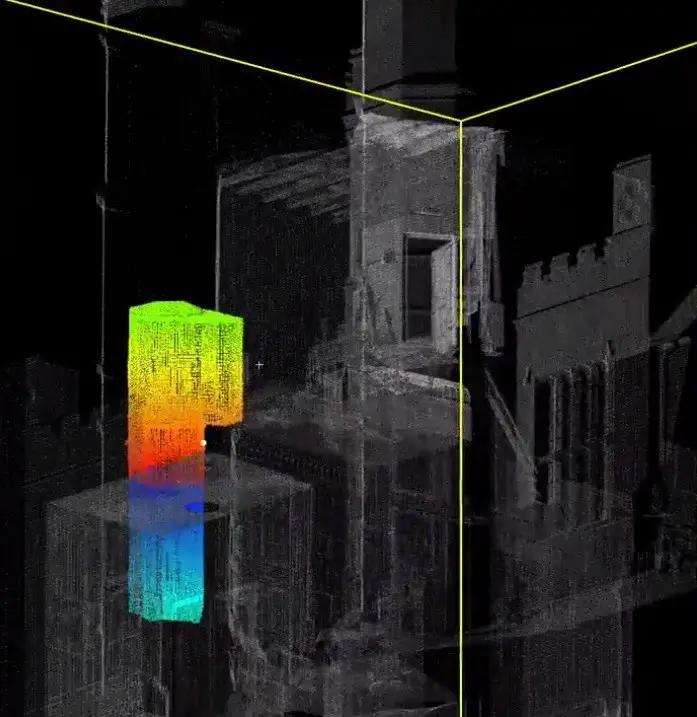|
3D Scan Enlivens Gunpowder Plot Secret Room
January 29, 2017
Four hundred years later, the Gunpowder Plot has thickened again, in a very high-tech way.
The scheme to blow up England's king and Parliament in November 1605 was unsuccessful because the conspirators were captured and the gundpowder was never set alight. The legend of Guy Fawkes and other conspirators has lived on, inspiring anti-government protestors to this day.
Now, scientists say they have used 3D scanning to uncover the true picture and potential of a hidden room in a place where the Gundpowder Plot conspirators met.
Coughton Court, a country house near Alcester, Warwickshire, was the place of the conspirator meeting on Nov. 5, 1605. Sir Everard Digby, one of the conspirators, leased the house. Also at Coughton Court that night were Digby's wife, a leading Jesuit priest named Henry Garnet, and Nicholas Owen, who was known for constructing "priest holes" in English homes.
England in the 16th and 17th Centuries was very much a place of religious turmoil. King Henry VIII had broken with the Catholic Church and created the Church of England. Succeeding monarchs, most notably Queen Elizabeth I, had employed various levels of control, including outright persecution, to keep Catholicism from regaining the upper hand.
In response to a government ban on public Catholicism, many Catholics worshipped in secret. To help hide Catholic priests, many families installed secret rooms in which priests could hide while the house was being searched.
The Coughton Court priest hole, discovered in the 1850s, was hidden between two floors, inside a turret of the main gatehouse. It had a bed and an altar; access to it was via a rope ladder.
Chris King and other scientists at the University of Nottingham spent considerable time doing 3D scans of the house and then constructing a 3D computer model, which is now online. In particular, the researchers were able to prove that the priest hole contained a deeper level of deception in the form of a secondary secret space within the priest hole, into which someone hiding could climb if the priest hole were discovered. Anyone searching the priest hole would have to find a trap door in the floor of the priest hole in order to access the entire constructed space.
The research team stopped short of making an explicit link between the priest hole and the Gundpowder Plot conspirators, finding no evidence that would prove that any of the plotters hid in the priest hole on that fateful evening.
Heritage charity the National Trust owns Coughton Court, which is open to the public. The newly mapped and modelled priest hole is not publicly accessible, except in the online scan.
|
Social Studies for Kids |
Social Studies for Kids
copyright 2002–2019
David White







